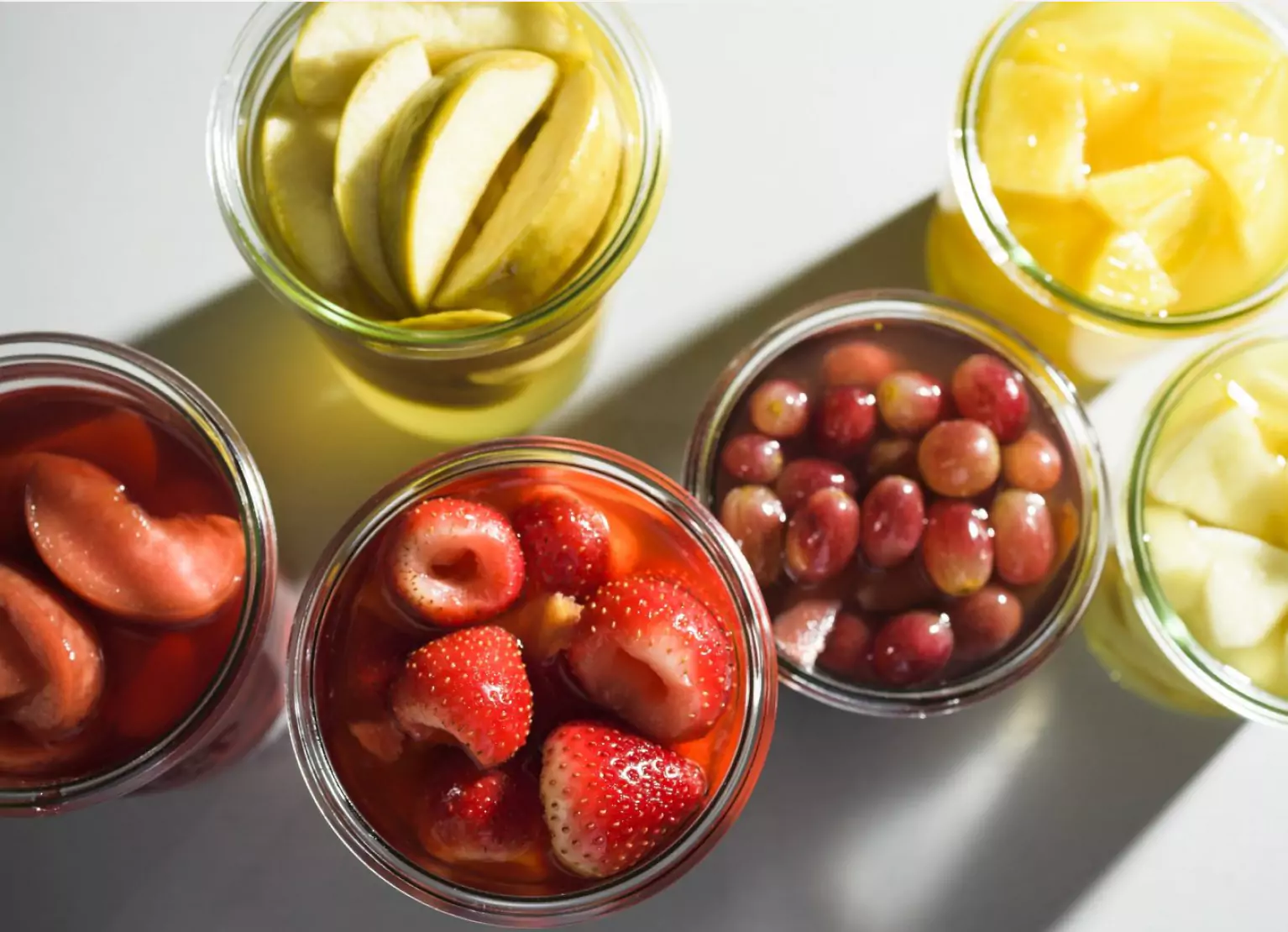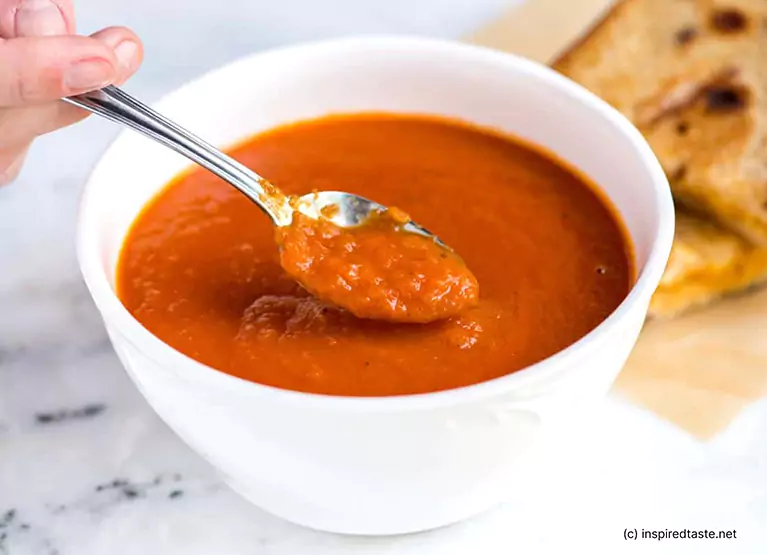Nutrisense Nutritionists Recommend: Best Techniques for Preserving Garden Veggies

Key Takeways
From increasing your daily physical exercise to promoting feelings of peace, gardening can be a great way to boost your health and keep your body moving.
But beyond the boost of exercise gardening can provide, growing your favorite fruits, vegetables, and plants at home can be a rewarding way to add more vitamins and minerals to your diet.
If you’re someone who has put the time and work into gardening, learning how to properly pickle, can, or preserve any foods you’ve grown can help you enjoy the fruits of your labor (no pun intended) and reduce food waste.
So, let’s have a look at what each technique entails, plus some nutritionist-certified tips on how to store your garden veggies for the best taste and most health benefits.
What is the Pickling Technique?

If you thought cucumbers are the only vegetable that can be pickled, think again! Pickling is a technique that can be used for any vegetable and adds a tasty sour and salty kick to your favorite produce.
Pickling is a type of preservation technique that uses a natural preservative such as apple cider vinegar or other acidic brines such as lemon juice to brine and marinate vegetables. It's usually done for a short period of time and is one of the easiest ways to preserve your garden vegetables.
To pickle your favorite vegetables, all you’ll need to do is chop up your veggies, place them into a mason jar, add a dash of any herbs you like (for flavor). Then, you’ll boil a mixture of vinegar, water, salt, and sugar until combined, and carefully pour it over the vegetables, and store for about 48 hours before eating.
Some of the most popular vegetables to pickle include:
- Cucumbers
- Onions
- Radishes
- Cauliflower
- Carrots
- Tomatoes
- Bell peppers
What is the Canning Technique?

Canning is another preservation technique that can help you extend the life of your fresh veggies. While this technique also involves using a natural preservative, it requires a more technical process to ensure the veggies will be safe to eat.
It’s important to be aware that canning can be unsafe if done incorrectly, so be sure to follow these guidelines for safe canning practices.
To can your vegetables, you’ll start by boiling your mason jar to remove any germs and bacteria. Next, depending on your canning method, you can either boil your veggies for about 5 minutes to soften them, or leave them raw, chopping and rinsing them before canning. Then, you’ll fill your jars with the veggies and some of the boiling water (if you boiled the veggies).
Optionally, you can add a splash of lemon juice and a pinch of salt of flavor. Once you cover and seal your jars, you’ll then need to boil the jars in a large pot (if canning acidic foods like tomatoes) or a pressure cooker for between 15 to 45 minutes, depending on the processing method.
Some of the most popular produce to can include:
- Tomatoes
- Beets
- Peaches
- Apples
- Carrots
- Corn
- Green beans
Lactic Acid Fermentation
Finally, fermentation is another common method to preserve your veggies. In contrast to pickling, the process of lactic acid fermentation involves chemically breaking down the living organisms in the food using water, salt, and natural sugars into acid to achieve a tart, sour taste.
The fermentation process takes longer than pickling, lasting anywhere from one to six weeks depending on the desired flavor. All you’ll need to do is rinse and prep your veggies, mix in your brine (water and fermenting salt), add in any other herbs or spices (garlic, dill, etc), and tightly seal your mason jar.
Your jars can then be placed in a warm area until fermented and ready to eat. The best part is, preserving your veggies through fermentation is a great way to add more probiotics to your diet and can support better digestive health.
Some of the most popular things you can ferment at home include:
- Cabbage (used for kimchi and sauerkraut)
- Carrots
- Cucumbers
- Beans
- Peppers
- Zucchini
What is Vegetable Preservation All About?
Pickling, canning, and fermenting are types of preservation techniques. Preserving your garden vegetables not only helps your produce last longer, but can also give the veggies a different flavor profile.
These preservation techniques also allow you to get creative with your dishes. You can add these tasty veggies to soups, salads, salsas, sauces, garden bowls, or even make a completely new dish with them.
Experimenting with different ways to add preserved fruits and veggies can also be a great way to add more whole foods to your diet, and can even help reduce food waste.
And, as if that wasn’t enough, there are even added health benefits to consuming pickled and canned vegetables!
Benefits of Consuming Preserved Garden Produce

The benefits of consuming pickled or canned vegetables include:
- More probiotics, which can boost gut health
- More fiber in your diet, which helps stabilize your blood sugar
- Can have anti-hypertensive properties
- Often are antioxidant-rich, which helps reduce inflammation and oxidative stress
- Pickled veggies soaked in vinegar may help regulate blood sugar levels
5 Nutritionist-Approved Tips to Pickle, Can, or Ferment Your Garden Veggies
Increasing your consumption of whole foods like fruits and vegetables is a great way to add extra vitamins, minerals, and fiber to your diet. Diets high in these foods can also reduce your risk for conditions like cardiovascular disease, certain cancers, and high blood pressure.
Here are five of the Nutrisense nutritionists’ top tips for preserving veggies and their favorite ways to enjoy them!
1) Katrina Larsen, MS, RDN, LD, CDCES on Preserving Tomatoes

“I love canning tomatoes from my garden! When I have a good yield, I like to preserve that gorgeous summer flavor by canning them. I dice some of them up and make a sauce from the rest, and then I use a water bath canner to seal the jars. While the process does take time, it isn’t very complicated,” says Katrina.
Easy Tomato Soup by Inspired Taste
Katrina loves to crack open her garden tomatoes in the winter with a recipe like this to make homemade tomato soup and grilled cheese sandwiches. She says that garden tomatoes really bring a freshness to the soup that you just can’t beat.
Ingredients
- 4 tablespoons unsalted butter
- 1/2 large onion, cut into large wedges
- 1 (28-ounce) can tomatoes
- 1 ½ cups water, low sodium vegetable stock
- 1/2 teaspoon fine sea salt, or more to taste
2) Jordyn Wallerius, MS, RDN, CD, on Using Up Extra Greens to Make Sauerkraut
“I think sauerkraut is very underrated. It's one of the best ways to use up fresh garden produce! All you really need is a jar, a head of cabbage, and salt, and in one to two weeks you've got some delicious, probiotic-rich sauerkraut!
“For extra flavor, I also love to dry fresh herbs from the garden to have those on hand all winter long. I cut and wash my fresh herbs and then just pop them in the dehydrator for 12-24 hours depending on the herb,” says Jordyn.
Homemade Sauerkraut by Daring Gourmet
Jordyn makes homemade sauerkraut following a recipe like this. She also recommends jazzing it up by adding in a few handfuls of kale or shredded carrots for some variety.
Ingredients
- 1-2 teaspoons salt (sea salt or kosher salt)
- Whole green cabbage, fresh and chopped
- Handful of kale (optional)
- 2-3 carrots, shredded (optional)
- Herbs of choice (optional)
3) Victoria Eaton, RDN, IFNCP on Storing Pickled Red Onions

Victoria shares, “Pickled red onions are my absolute favorite. They’re good on eggs, tacos, sandwiches - you name it! Plus, they’re so easy to make!”
Quick-Pickled Onions by Cookie and Kate
This quick pickling recipe is easy, convenient, and can be thrown together in just a few minutes. After it’s been left to soak for 24-48 hours, you’ll have picked onions on hand for the next few weeks that you can add to any meal you like.
Ingredients
- 1 medium red onion, very thinly sliced
- ½ cup water
- ¼ cup distilled white vinegar
- ¼ cup apple cider vinegar or additional white vinegar
- 1 ½ tablespoons maple syrup or honey
- 1 ½ teaspoons fine sea salt
- ¼ teaspoon red pepper flakes (optional, for heat)
4) Randi Yow, RDN, LDN on her Love for Homemade Pickles
Randi says, “Growing up we always had an abundance of cucumbers from the garden and would always make homemade pickles with what we couldn't eat! It’s a great way to preserve your extra veggies and make them last longer.”
Easy Homemade Pickles by Cookie and Kate
Randi follows this recipe to make her easy, delicious, and fresh pickles. However, she notes that there are many different ways to pickle your veggies, and that you can add different herbs or spices depending on your taste.
Ingredients
- 1 medium-to-large cucumber
- ½ cup water
- ½ cup rice vinegar
- 1 ½ tablespoons maple syrup or sugar
- 1 ½ teaspoons fine sea salt
- ¼ teaspoon red pepper flakes (optional)
- Freshly ground black pepper to taste
- 2 leafy sprigs of fresh dill, roughly chopped
- 2 cloves garlic, peeled and smashed
- 1 bay leaf
5) Carlee Hayes, RDN, CD on Preserving the Flavor of your Produce

“My best tip for canning fruits or veggies is to pick the best produce possible! If you don't have a garden, check out your local farmer's market and explore different vendors' options,” says Carlee.
“When it comes to fruit specifically, sort out the ripest first and allow it to fully ripen before canning. Underripe fruit will not have fully developed flavor and will lack natural sweetness, so quality matters here.”
Quick 10 Minute Pickled Jalapeños by Gimme Delicious
Carlee loves this recipe for homemade pickled jalapenos, and says she puts them on almost everything for a dash of extra spice.
Ingredients
- 1 cup white vinegar
- 1 cup water
- 2 cloves garlic smashed
- 2 tablespoons sugar
- 1 tablespoon salt
- 7-8 jalapeno peppers thinly sliced
Find the right Nutrisense programto turn insight into progress.
Go Beyond Glucose Data with Nutrisense
Your glucose can significantly impact how your body feels and functions. That’s why stable levels are an important factor in supporting overall wellbeing. But viewing glucose isn't enough. Nutrisense, you’ll be able to learn how to use your body's data to make informed lifestyle choices that support healthy living.
One-to-one coaching
Sign up to access insurance-covered video calls to work with a glucose expert: a personal registered dietitian or certified nutritionist who will help tailor your lifestyle and diet to your goals.
Monitor and measure what matters
With the Nutrisense CGM Program, you can monitor your glucose with health tech like glucose biosensors and continuous glucose monitor (CGM)s, and analyze the trends over time with the Nutrisense App. This will help you make the most informed choices about the foods you consume and their impact on your health.
Find your best fit
Ready to take the first step? Start with our quiz to find the right Nutrisense program to help you take control.

Jordyn has a bachelor’s degree in biology, a graduate degree in Human Nutrition and completed a dietetic internship at the Memphis VA. She's a dietitian at Nutrisense, and has experience working as a clinical dietitian at a VA medical center specializing in oncology and at the Mayo Clinic, working with a wide range of patients ranging from neonates in the NICU to adult ICU.



.webp)
